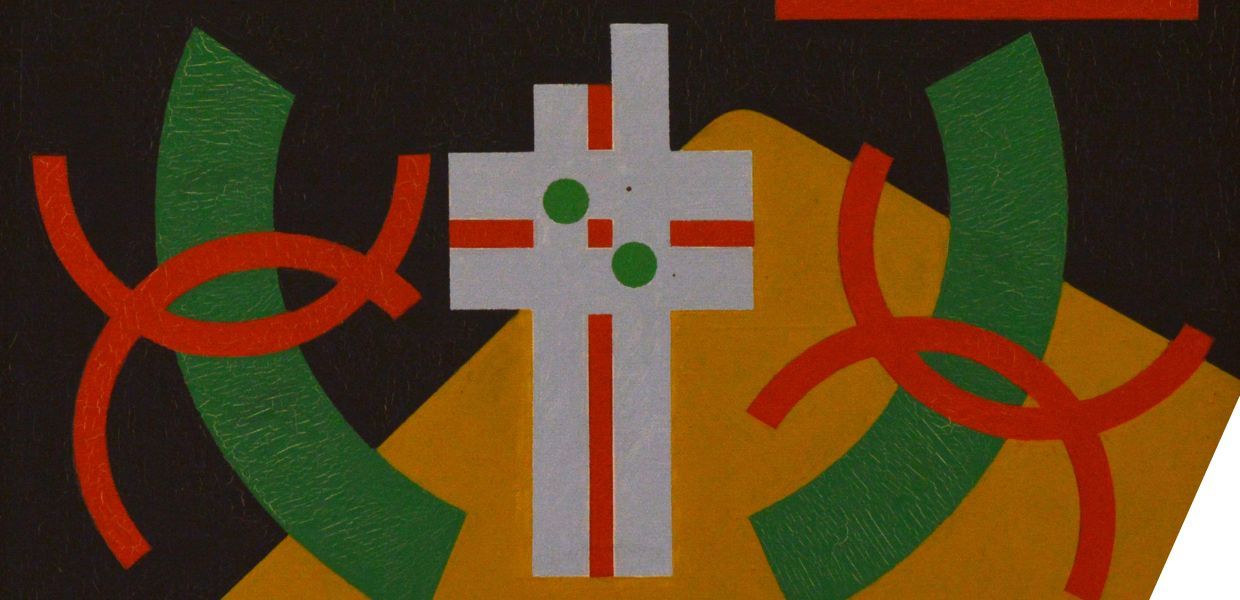One key element of DE-BIAS - a two-year project funded under the Digital Europe Programme - is the active involvement of communities in the definition of a vocabulary. The vocabulary’s terms will be fed to an AI-driven tool intended to detect use of inappropriate language in metadata and signal this to people using Europeana.eu. The vocabulary will be developed based on research and a series of community-oriented and -driven events. The events are intended to help participants and the project to produce knowledge together, co-creating insights that can help the cultural heritage sector to (re)investigate metadata.
We began by working on a community engagement methodology to help us understand how active participation of the four targeted communities could develop, including through continuous conversations with community representatives and feedback loops between community members and the project team. The idea to engage moderators/facilitators, seen by the communities as their representatives and spokespersons, was pivotal.
The methodology will continue to evolve as the project works with different communities, and at the end of the project it will be made fully available as a resource for cultural institutions wanting to develop their own user engagement strategies. For now, we summarise the approach taken below.
Shaping the methodology
A firm foundation for the methodology was laid by project partner ECCOM, whose experience in community events served as the basis of our discussions on methods, and a series of first approaches with communities. Parallel to the early work on the methodology, we decided to set up dedicated monthly meetings to discuss the issues and progress of the conversation with communities on a case-by-case basis. These ‘CommuniTeam’ meetings serve as a necessary ‘touch-base’ to share good practices and discuss together how to move the project forward. They have so far proven fundamental for the integration of key methodological tools in every encounter with communities, noting that there cannot be a one-size-fits-all approach.
Acknowledging the differences between individuals and communities has been made clear both by collecting a list of other projects focused on terminologies and biassed language in cultural heritage, and by establishing strong bonds with peers and with experts actively involved in these topics. In this area, the support of a pool of experts with different interests and roles who form the Advisory Board of the project is key to highlight complexities and address them in our work. Flexibility is very important, as is openness to criticism.
The meetings and conversations both with the CommuniTeam and the Advisory Board helped us to identify the staples of our community engagement methodology, which include: nourishing intercultural dialogue; creating a safe space to share experiences and valuing any kind of comment from the encounter with stories, artefacts and their metadata; introducing the project but then letting the community drive the conversation; supporting the people involved in approaching the data; stressing the continuity of the project by following-up, gathering feedback and discussing it thoroughly; and arranging ways to give back to the communities according to their needs and priorities.
Initiating a conversation: the fundamental questions
The preliminary work is fundamental to better understand the main ‘ingredients’ composing our methodology. These ingredients take the form of answers to three main questions: What do we do to start a conversation? How do we shape this conversation? And why are we doing this work?
We are working on a list of possible answers, considering different scenarios, useful to compose a sort of checklist of elements. These elements will form the basis of the methodological guidelines for cultural heritage professionals engaging in co-creation activities: both a current resource for the project and its future legacy, soon to be made available for cultural heritage institutions to refer to, use, and adapt to their needs.
As we are learning in our work with communities, a methodology must be fluid enough to accommodate changes and additions. This is why the list will of course be indicative, and an ongoing work-in-progress, as it will have to be always adapted according to the ways in which the work with a specific community unfolds.
Find out more
Our next post will describe the very first encounters with communities, framing them as concrete cases, and will detail how the meetings with the communities collaborating with the project helped the methodology to develop. You can discover more about the DE-BIAS project on the project page.



